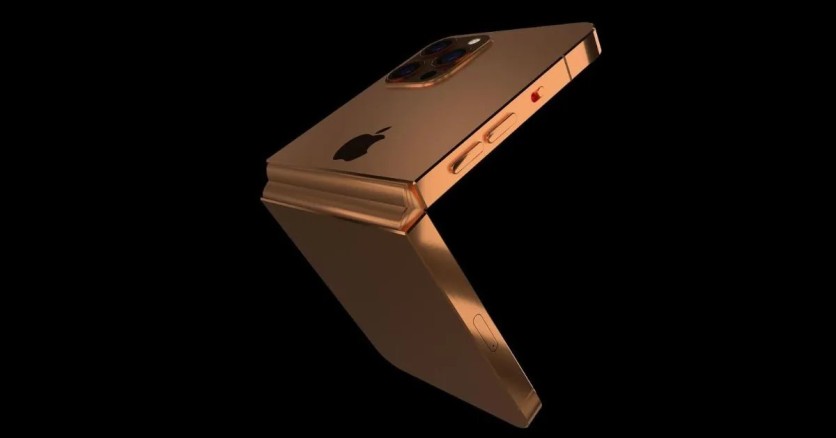
A looming trade‑off: the new iPhone Fold could deliver the biggest battery Apple has ever packed into an iPhone—but its heft may leave your hands aching.
Bigger Power, Heavier Price for Comfort
According to rumours reported by Wccftech, the upcoming iPhone Fold is being tested with a battery in the 5,400–5,800 mAh range, significantly larger than even the iPhone 17 Pro Max. This would make it 'the biggest battery to ever be found in an Apple iPhone.'
For comparison, leaks suggest the iPhone 17 Pro Max's eSIM model will have a 5,088 mAh battery.
However, the Wccftech report warns that to accommodate such a large battery, Apple may make the Fold 'thicker and heavier,' which could make sustained use more tiring for the user.
Why Apple Might Be Taking the Risk
The design shift appears intentional. By giving the iPhone Fold more internal depth, Apple can not only slot in a larger battery but also 'incorporate a vapour chamber with an increased surface area, resulting in significantly improved heat dissipation.'
Essentially, Apple seems to be betting that users will accept more weight and thickness in exchange for longer runtime. This compromise may work for power users but could alienate those who value sleekness and one-handed usability.
How the iPhone 17 Pro Max Stacks Up
Leaks from reliable sources suggest that the iPhone 17 Pro Max itself is not modest: the device is rumoured to be thicker than its predecessor, possibly reaching a depth of 8.725 mm, up from 8.25 mm in the iPhone 16 Pro Max. That extra depth is believed to accommodate its larger battery.
Still, even with that increase, analysts argue that the Pro Max's larger cell alone may not guarantee longer battery life. Forbes points out that efficiency depends on other design factors such as internal cooling, the logic board, and power management.
What This Means for Real-World Use
If these rumours prove accurate, the iPhone Fold's battery could reach up to 15 per cent more capacity than the iPhone 17 Pro Max. That's a serious upgrade. But the added thickness and weight could make the device less comfortable to hold, especially when unfolded.
For users who prioritise endurance, this could be a win. For others who juggle their phone all day, though, the shift may be a step backwards in ergonomics. Real-world testing will ultimately decide whether Apple's gamble pays off.
Balancing Power and Practicality
The iPhone Fold represents a clear trade-off between battery longevity and usability. While the larger cell could support longer screen-on time, video streaming, or gaming sessions, the increased weight and bulk may lead to quicker hand fatigue during everyday activities.
Ultimately, Apple appears to be targeting users who value performance over portability. The challenge will be whether the design can strike a balance that satisfies both power users and those accustomed to slimmer devices.
Key Takeaways
The iPhone Fold might represent Apple's boldest battery move yet, offering class‑leading capacity. Yet, the device's physical compromises—thickness and weight—could challenge the very usability that makes a phone enjoyable.
In short: more power, but potentially at a cost to comfort.
Originally published on IBTimes UK
© Copyright IBTimes 2025. All rights reserved.




